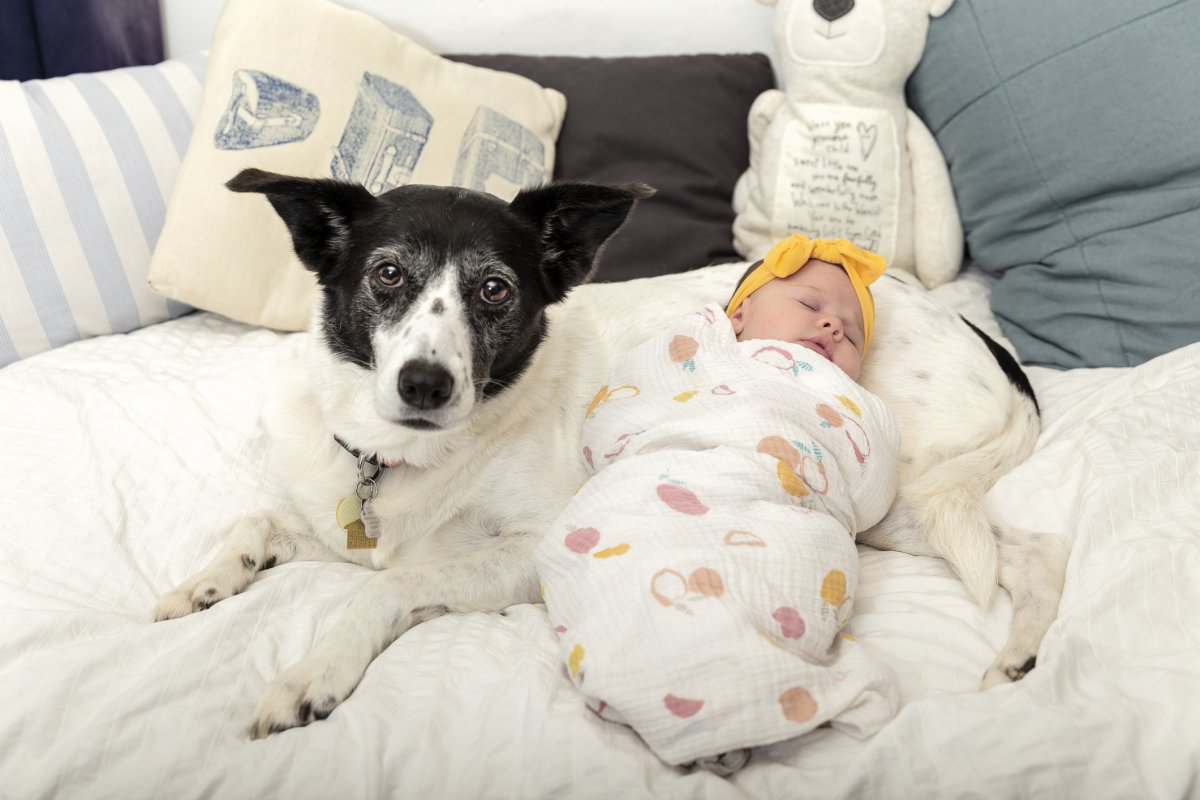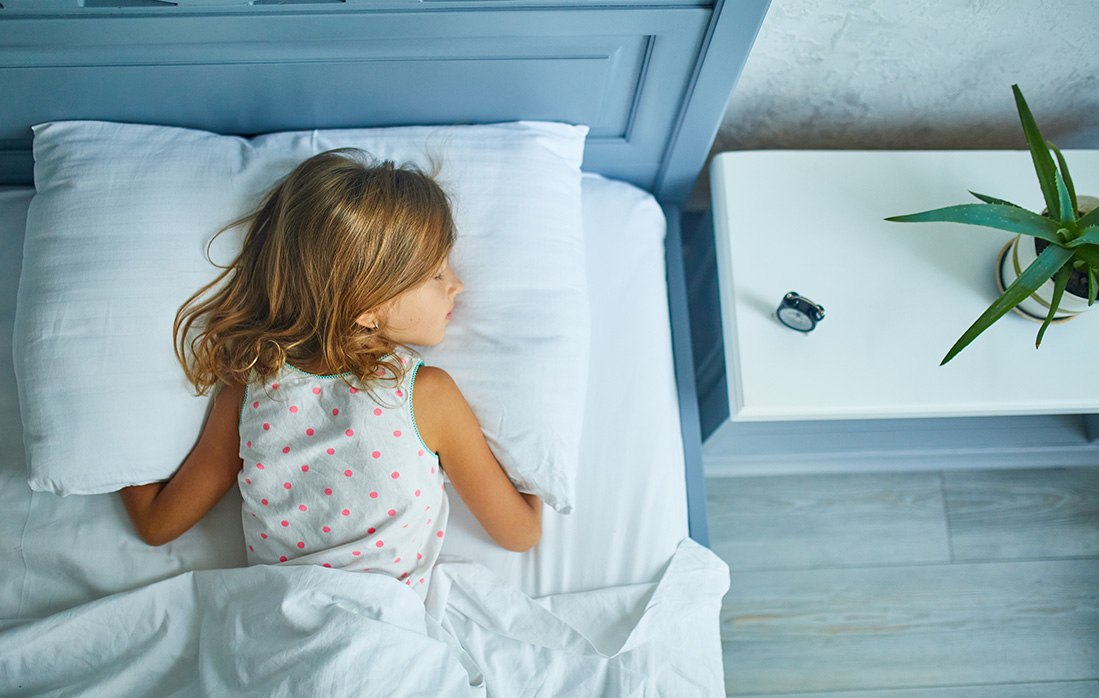When can baby use pillow? Babies can use pillows safely at about 2 years old to reduce the risk of Sudden Infant Death Syndrome. Introducing a pillow to your baby should be done cautiously and after the age of 2 to reduce the risk of Sudden Infant Death Syndrome (SIDS).
Introducing a pillow to your baby requires careful consideration to ensure their safety and well-being. The American Academy of Pediatrics recommends avoiding the use of pillows for babies until they are at least 1-2 years old to reduce the risk of Sudden Infant Death Syndrome (SIDS).
When your child is ready, choosing a pillow that provides proper support and is free from potential hazards is crucial. Understanding when and how to introduce a pillow to your little one can contribute to their comfort and safety during sleep. As a responsible parent, it’s important to prioritize your baby’s safety by following these guidelines.
When Can Baby Use Pillow?

When To Introduce A Pillow
Babies should not use pillows until they are over two years old. Using a pillow before this age can increase the risk of sudden infant death syndrome (SIDS). It is best to wait until your child is older before introducing a pillow for sleep.
Recommended Age
According to experts, it is recommended to introduce a pillow to your baby when they are over two years old. It is important to note that babies do not need pillows, and using one too early can pose risks to their safety. The American Academy of Pediatrics advises against the use of pillows for infants under the age of one, as it can increase the risk of sudden death during infancy. Therefore, it is best to wait until your child is at least two years old before introducing them to a pillow.
Expert Advice
Pediatric experts emphasize the importance of allowing your child to reach certain developmental milestones before introducing a pillow. These milestones include being able to sit up unassisted, having good head and neck control, and transitioning from a crib to a toddler bed.
By waiting until your child is older and has achieved these milestones, you can ensure that they are physically ready to use a pillow. Additionally, experts recommend using pillows specifically designed for infants and toddlers. These pillows are typically flat or have a slight incline, providing the necessary support without posing risks to your child’s safety.
It is important to choose a pillow that is the right size for your child’s bed and appropriate for their age. When introducing a pillow to your child, it is crucial to monitor their comfort and safety. Make sure the pillow is placed securely under your child’s head and does not obstruct their breathing. Check the pillow regularly for any signs of wear or damage, and replace it if needed.
In conclusion, while pillows can provide comfort and support for older children, it is important to wait until your child is over two years old before introducing one. By following expert advice and choosing a pillow designed for infants and toddlers, you can ensure that your child sleeps safely and comfortably. Remember to always prioritize your child’s safety and well-being when making decisions regarding their sleep environment.

Safety Concerns
It is not safe to use a pillow for a baby. Experts recommend waiting until the baby is over two years old before introducing a pillow to avoid the risk of sudden infant death.
Risks Of Using A Pillow Too Early
Introducing a pillow to a baby too early can pose several risks to their safety and well-being. The following are important safety concerns to consider:
- Choking Hazard: A soft pillow can present a choking hazard for infants, especially if they move around during sleep.
- Obstructed Breathing: Pillows may obstruct a baby’s airways, increasing the risk of suffocation, particularly for younger infants.
- Incorrect Neck Support: Improper support from a pillow can lead to strain on a baby’s neck muscles and cause discomfort.
Until a baby is developmentally ready and to minimize these risks, it is crucial to be mindful of when to introduce a pillow.
Sudden Infant Death Syndrome (sids)
The risk of Sudden Infant Death Syndrome (SIDS) is of paramount concern when considering the introduction of pillows to babies. Research suggests that the use of pillows, especially in a crib or during sleep, can significantly increase the likelihood of SIDS. By adhering to safe sleep practices, including delaying the use of pillows, parents can help reduce the risk of SIDS and ensure a safe sleep environment for their baby.
Selecting The Right Pillow
When selecting a pillow for your baby, it’s essential to consider factors such as support, comfort, and materials. The right pillow can contribute to your baby’s sleep quality and overall well-being. Here are some considerations when choosing the perfect pillow for your little one:
Support And Comfort
Support and comfort are crucial for your baby’s sleep. A pillow that provides adequate support for the neck and head while ensuring optimal comfort is ideal. Look for pillows specifically designed for infants and toddlers, offering gentle support and a soft, plush surface for a cozy sleep experience.
Hypoallergenic Materials
When it comes to your baby’s pillow, opt for hypoallergenic materials to minimize the risk of allergies or skin sensitivities. Natural and organic materials such as cotton or bamboo are excellent choices for baby pillows, as they are gentle on the skin and less likely to trigger allergic reactions.
Moreover, ensure that the pillow cover is easily washable to maintain a clean and hygienic sleeping environment for your baby.
By paying attention to support, comfort, and materials, you can select a pillow that promotes healthy and restful sleep for your baby.
How To Introduce A Pillow To Your Toddler
Introducing a pillow to your toddler’s sleeping routine is an exciting milestone. It provides extra comfort and support as they continue to grow. However, it’s important to follow proper guidelines to ensure their safety and well-being. Here are some tips on how to introduce a pillow to your toddler gradually and under supervision:
Gradual Transition
When it comes to introducing a pillow to your toddler, it’s essential to do so gradually. Start by placing a thin, firm pillow under their mattress or crib sheet. This will elevate their head slightly, promoting better airflow and reducing the risk of developing a flat head. As your toddler grows, you can transition to a proper pillow that’s specifically designed for their age group.
Supervision
It’s crucial to supervise your toddler when they start using a pillow. Ensure that the pillow is the right size and thickness for their age and that it fits comfortably on their bed. Check for any signs of discomfort or allergies that may arise from the introduction of a new pillow. Always monitor their sleeping positions and ensure they are lying comfortably and safely throughout the night.
Remember, every child is different, and some toddlers may take longer to adjust to a pillow than others. It’s important to be patient and allow your toddler to get accustomed to the new addition to their sleep routine at their own pace.
In conclusion, introducing a pillow to your toddler’s sleeping routine is a gradual process that requires supervision and careful consideration. By following these guidelines, you can ensure your toddler’s safety and comfort as they transition to using a pillow and experience more restful nights of sleep.

Conclusion
Introducing a pillow to your baby requires careful consideration. While it may be tempting to provide extra comfort during sleep, experts advise against using a pillow until your child is at least two years old. Pillows can pose a risk of suffocation or contribute to sudden infant death syndrome (SIDS).
Prioritize your baby’s safety by adhering to the recommended guidelines. Remember, your baby’s comfort and safety should always be the priority when it comes to sleep habits and accessories.

